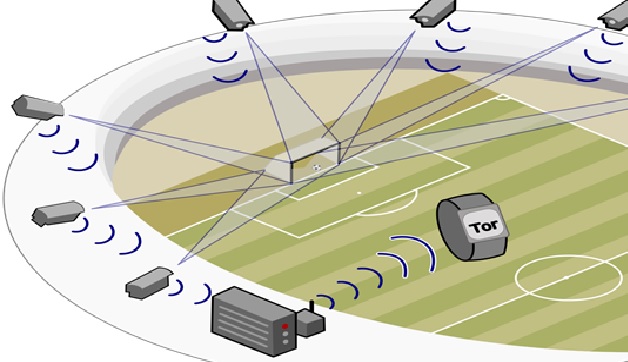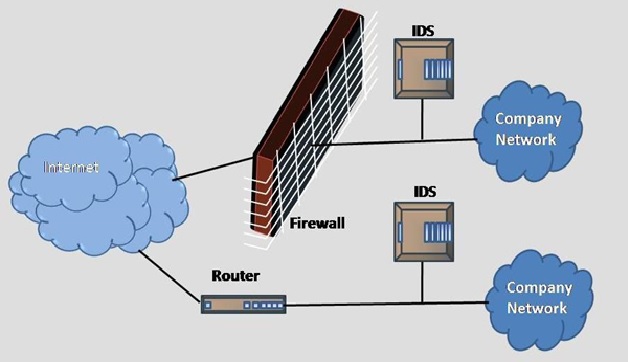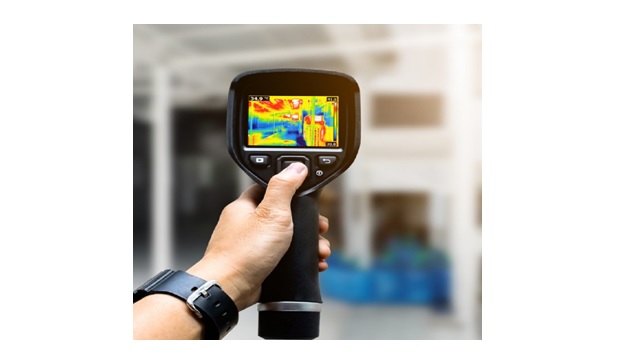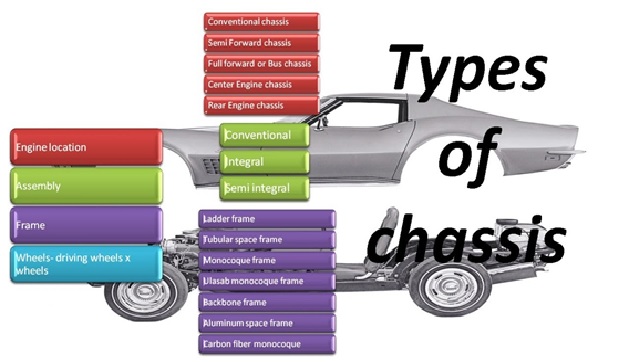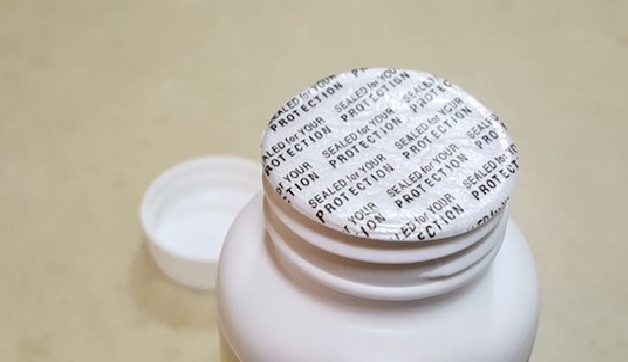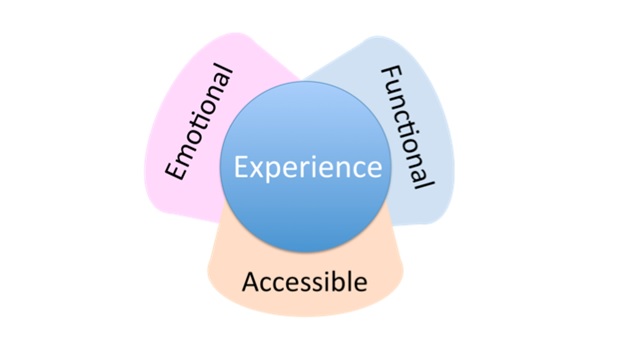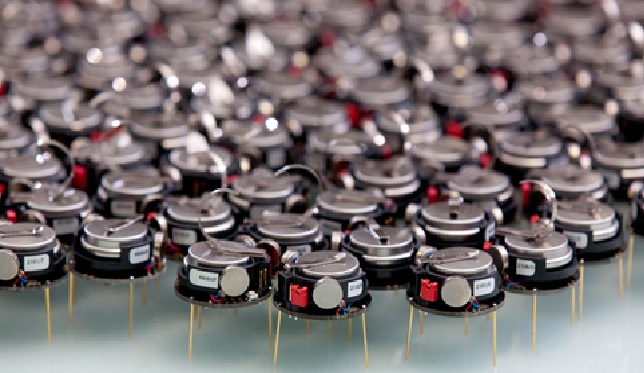Continuous Glucose Monitoring (CGM Technology)
A CGM is a compact medical system that continuously monitors your glucose levels in more or less real time (there’s normally a 5-minute interval between readings).
To use a CGM, you insert a small sensor onto your abdomen (or arm) with a tiny plastic tube known as a cannula penetrating the top layer of skin. An adhesive patch holds the sensor in place, allowing it to take glucose readings in interstitial fluid (the fluid that surrounds cells in the body) throughout the day and night. Generally, the sensors have to be replaced every 7 to 14 days. [1]
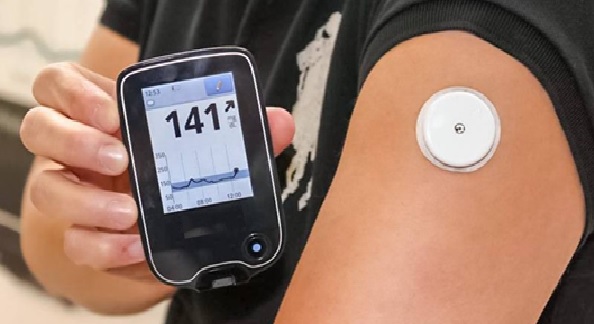
Figure 1. Continuous Glucose Monitoring (CGM Technology)
Figure 1 shows Continuous glucose monitoring is wearable technology that makes it easier to track your blood sugar levels over time. Blood sugar is another term for blood glucose. CGM is a tool for people with diabetes. It measures your glucose levels 24 hours a day when you are wearing the device.
Insulin is a hormone that helps your body regulate blood sugar levels. If you have Type 1 diabetes, your body doesn’t produce enough (or any) of the hormone insulin. In Type 2 diabetes, your body makes insulin but doesn’t use it effectively.
People with diabetes need to give themselves insulin regularly to keep blood sugar levels steady. [2]
CGMs Work Now
Current models consist of electronics embedded in a plastic disc adhered to the stomach or upper arm. A flexible metal filament around 5mm long and 0.4mm wide pokes into the interstitial fluid surrounding cells just below the skin. Blood glucose continuously seeps from vessels and capillaries into this fluid, where the filament measures it.
Coating the filament is an enzyme called glucose oxidase, which converts glucose to hydrogen peroxide. The hydrogen peroxide reacts with platinum to break down into hydrogen, oxygen, and electrons, which generate current. The device wirelessly transmits this signal to a handheld reader or smartphone, which uses an algorithm to convert the electrical signal to a glucose reading. Sensors last for 7 to 14 days before the body’s response around the filament penetration point and degradation of the sensor chemistry lessens the accuracy of the reading. [3]
References:
- https://www.healthline.com/diabetesmine/what-is-continuous-glucose-monitor-and-choosing-one#what-is-cgm
- https://my.clevelandclinic.org/health/drugs/11444-glucose-continuous-glucose-monitoring
- https://www.levelshealth.com/blog/the-future-of-wearable-and-implantable-bio-monitoring
Cite this article:
Thanusri swetha J (2022) Continuous Glucose Monitoring (CGM Technology), AnaTechMaz, pp. 59



